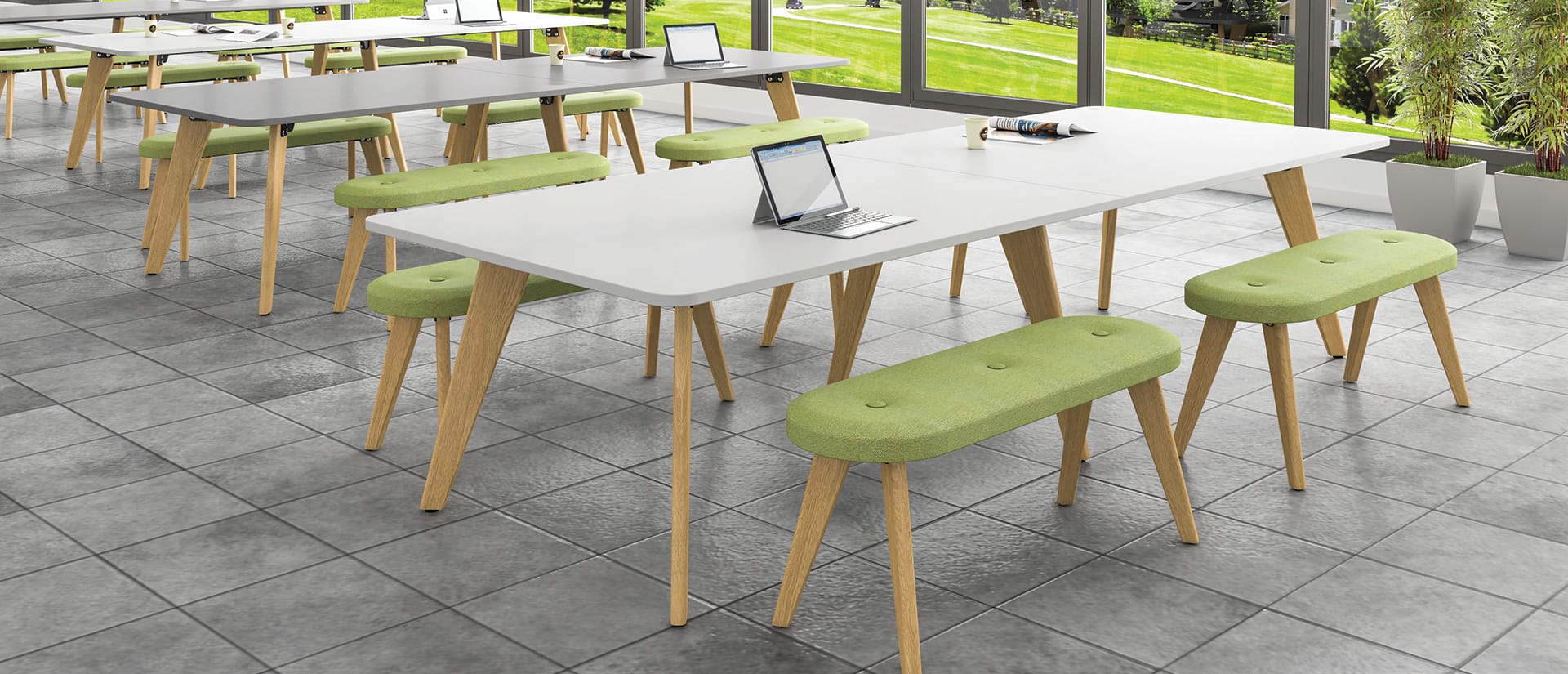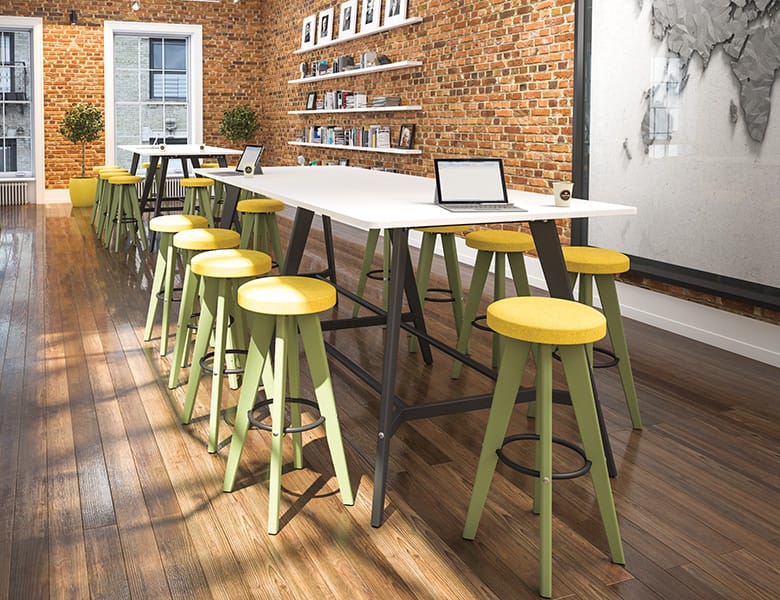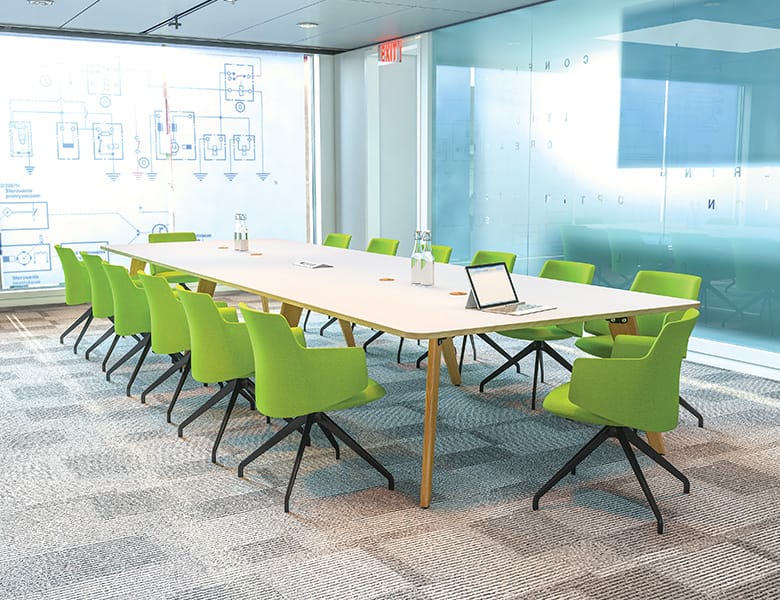
Office Meeting Tables: The Hub of Collaboration
Office meeting tables are more than just furniture – they’re the stage where ideas are exchanged, strategies are shaped, and relationships are built. Whether you’re hosting a high-stakes client presentation or a quick team brainstorming session, the right table can transform the way people connect and collaborate.
This guide explores the role of meeting tables in fostering communication, boosting creativity, and projecting professionalism – plus tips on choosing the perfect one for your space.
At Creed-Miles, we design and install office meeting tables for a variety of environments – including corporate offices, educational institutions and healthcare settings.


Key Features of Meeting Tables
HOW WE DELIVER YOUR PROJECT
The Power of Physical Proximity
When people share the same space, ideas flow faster. Large meeting tables create a central point where team members can gather, exchange ideas, and solve problems together – without the limitations of small workstations.
Research published in Management Science (Vol. 55, No. 1) shows that being physically close to colleagues increases both the amount and quality of communication – key ingredients for problem-solving and innovation.
Enhancing Professionalism in Client Meetings
Your meeting room is more than just a place to talk – it’s part of your company’s image. The right table, layout, and seating arrangement can instantly communicate professionalism and attention to detail. A clean, inviting setup with comfortable chairs tells clients they are valued and respected.
Supporting Creativity and Problem-Solving
A dedicated meeting table provides a focused space for brainstorming. Creative teams benefit from having a central hub where they can spread out materials, sketch ideas, and collaborate without distractions.
Choosing the Right Meeting Table
1. Shape and Size – Select a table that fits your room comfortably and allows easy movement around it.
- Rectangular or oval tables: Maximise space in small rooms and suit larger groups.
- Round tables: Foster a sense of equality and encourage open discussion by removing “head of the table” dynamics.
2. Conference Tables
For formal boardrooms, conference tables offer a grander presence and can double for informal staff gatherings. Choose one that matches the tone of your most important meetings.
3. Aesthetics
Your table should reflect your brand personality.
- Modern designs: Suggest innovation and forward thinking.
- Traditional wood finishes: Convey stability and reliability.







